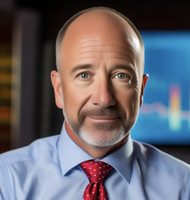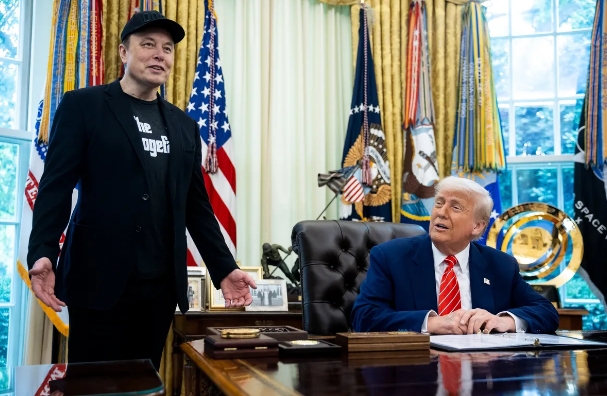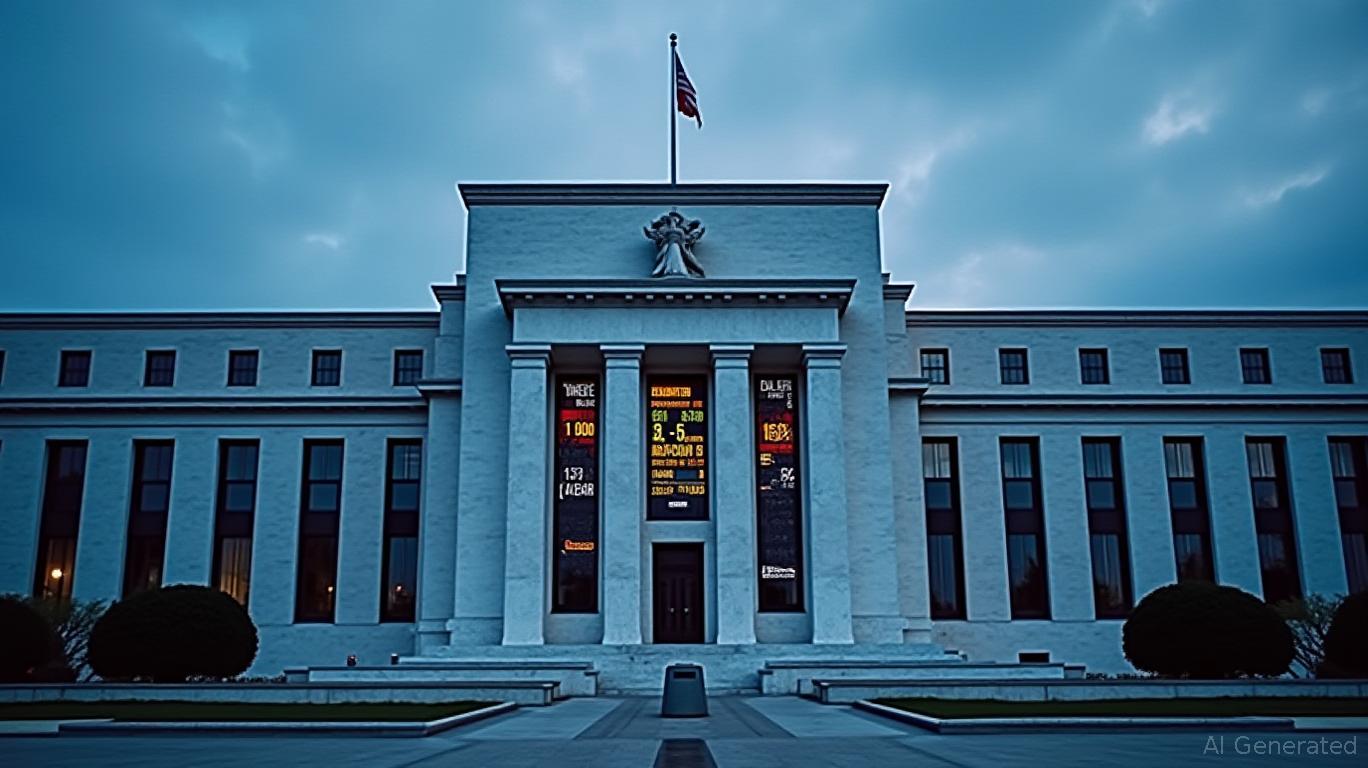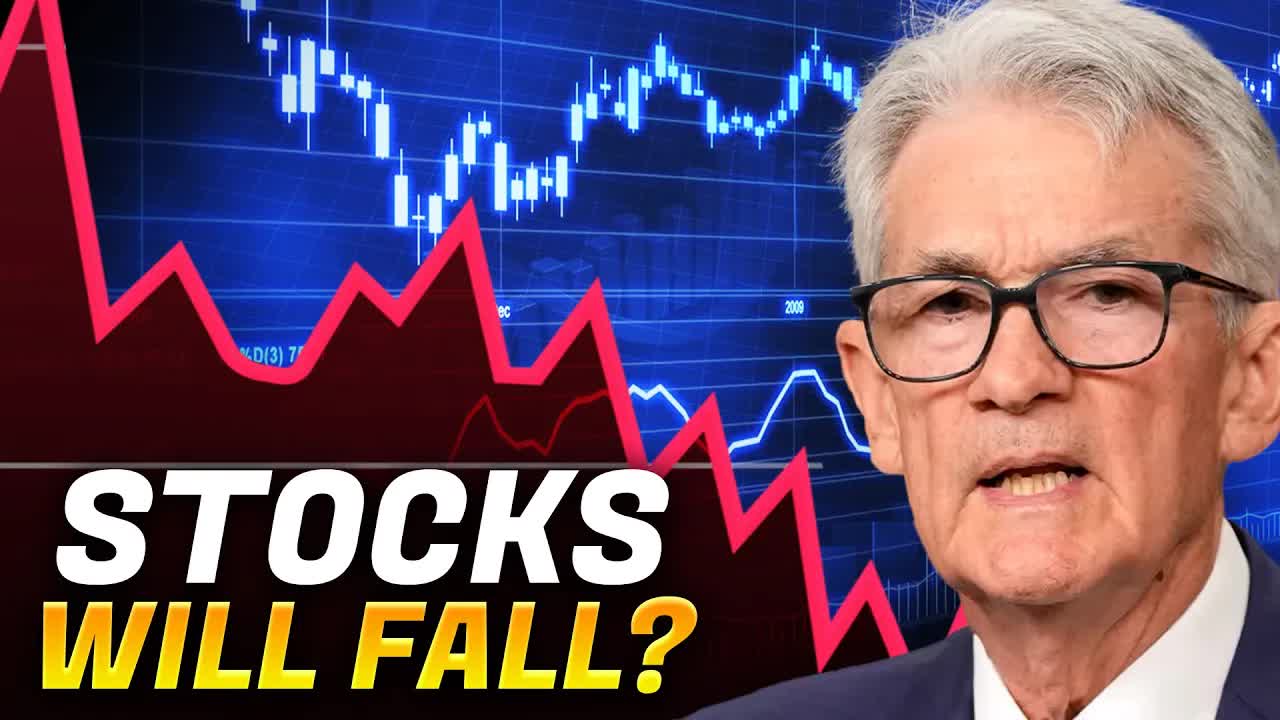Fed Rate Cuts: Where's the End Point?
Monday, Nov 18, 2024 4:32 am ET
As the Federal Reserve continues its rate cut cycle, investors eagerly await the end point of this monetary policy shift. Goldman Sachs, a leading financial institution, projects the terminal rate to be around 3.25-3.5%, 100 basis points higher than the peak of the previous cycle. This article explores the factors influencing the Fed's decision and the potential implications for the economy and investors.
The Fed's rate cut end point is influenced by a delicate balance of risks, including inflation and economic slowdown. Inflation, now within striking distance of central bank targets, allows the Fed to normalize monetary policy and ease financial conditions. The dramatic decline in inflation directly supports real income and indirectly supports demand. However, the Fed must also consider the risk of a large across-the-board tariff, which could hit growth hard. By cutting rates back to more normal levels, the Fed aims to keep the economy and labor market in good shape, while managing inflation.
Geopolitical tensions and global economic indicators also play a significant role in the Fed's decision to halt rate cuts. Goldman Sachs Research projects the Fed's policy rate to reach around 3.25-3.5% by the end of 2025, driven by a solid global economic growth forecast of 2.7% in 2025, with the US projected to outperform at 2.5%. However, geopolitical risks, such as trade tensions and tariffs, could impact this outlook. The Fed will likely consider these factors when determining the endpoint of its rate cuts, aiming to balance economic growth with inflation control and financial stability.
The end point of this rate cut cycle, as projected by Goldman Sachs, will have significant implications for consumer spending, borrowing behaviors, the housing market, mortgage rates, businesses' access to credit, capital expenditure decisions, and the yield curve. Lower interest rates typically encourage consumer spending and borrowing, making home loans more affordable. However, with the Fed's projected end point being higher than the previous peak, the impact on consumer spending and borrowing behaviors may be less pronounced. Consumers may still benefit from lower borrowing costs, but the extent of the impact will depend on how close the final rate is to the current level and how quickly it gets there.
In conclusion, the end point of the current Fed rate cut cycle is projected to be around 3.25-3.5%, influenced by a balance of risks, geopolitical tensions, and global economic indicators. This rate cut cycle will have significant implications for the economy and investors, shaping consumer spending, borrowing behaviors, the housing market, mortgage rates, businesses' access to credit, capital expenditure decisions, and the yield curve. As investors navigate this shifting landscape, a balanced portfolio combining growth and value stocks, strategic acquisitions, and thoughtful asset allocation will be crucial for long-term success.
The Fed's rate cut end point is influenced by a delicate balance of risks, including inflation and economic slowdown. Inflation, now within striking distance of central bank targets, allows the Fed to normalize monetary policy and ease financial conditions. The dramatic decline in inflation directly supports real income and indirectly supports demand. However, the Fed must also consider the risk of a large across-the-board tariff, which could hit growth hard. By cutting rates back to more normal levels, the Fed aims to keep the economy and labor market in good shape, while managing inflation.
Geopolitical tensions and global economic indicators also play a significant role in the Fed's decision to halt rate cuts. Goldman Sachs Research projects the Fed's policy rate to reach around 3.25-3.5% by the end of 2025, driven by a solid global economic growth forecast of 2.7% in 2025, with the US projected to outperform at 2.5%. However, geopolitical risks, such as trade tensions and tariffs, could impact this outlook. The Fed will likely consider these factors when determining the endpoint of its rate cuts, aiming to balance economic growth with inflation control and financial stability.
The end point of this rate cut cycle, as projected by Goldman Sachs, will have significant implications for consumer spending, borrowing behaviors, the housing market, mortgage rates, businesses' access to credit, capital expenditure decisions, and the yield curve. Lower interest rates typically encourage consumer spending and borrowing, making home loans more affordable. However, with the Fed's projected end point being higher than the previous peak, the impact on consumer spending and borrowing behaviors may be less pronounced. Consumers may still benefit from lower borrowing costs, but the extent of the impact will depend on how close the final rate is to the current level and how quickly it gets there.
In conclusion, the end point of the current Fed rate cut cycle is projected to be around 3.25-3.5%, influenced by a balance of risks, geopolitical tensions, and global economic indicators. This rate cut cycle will have significant implications for the economy and investors, shaping consumer spending, borrowing behaviors, the housing market, mortgage rates, businesses' access to credit, capital expenditure decisions, and the yield curve. As investors navigate this shifting landscape, a balanced portfolio combining growth and value stocks, strategic acquisitions, and thoughtful asset allocation will be crucial for long-term success.















